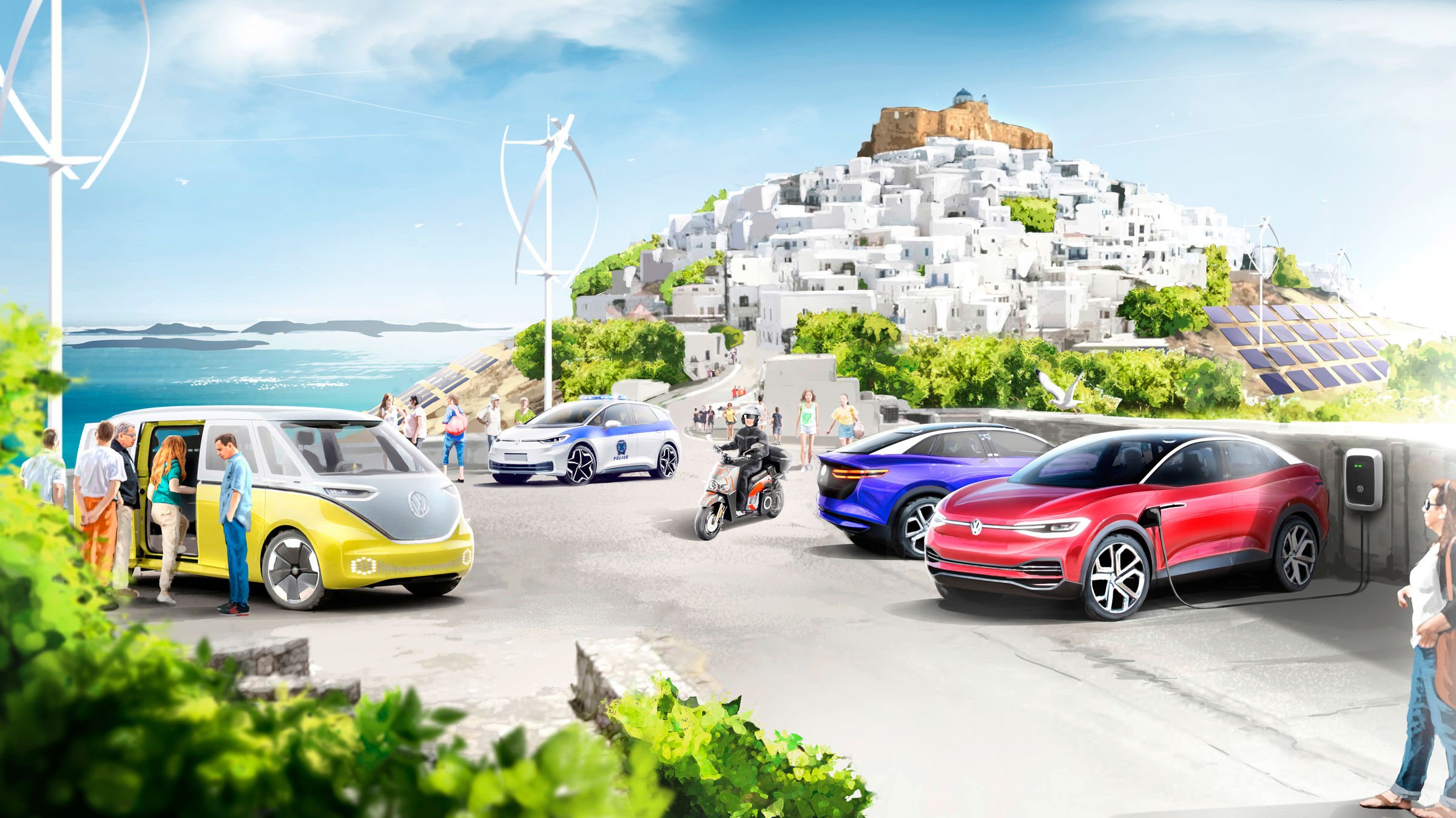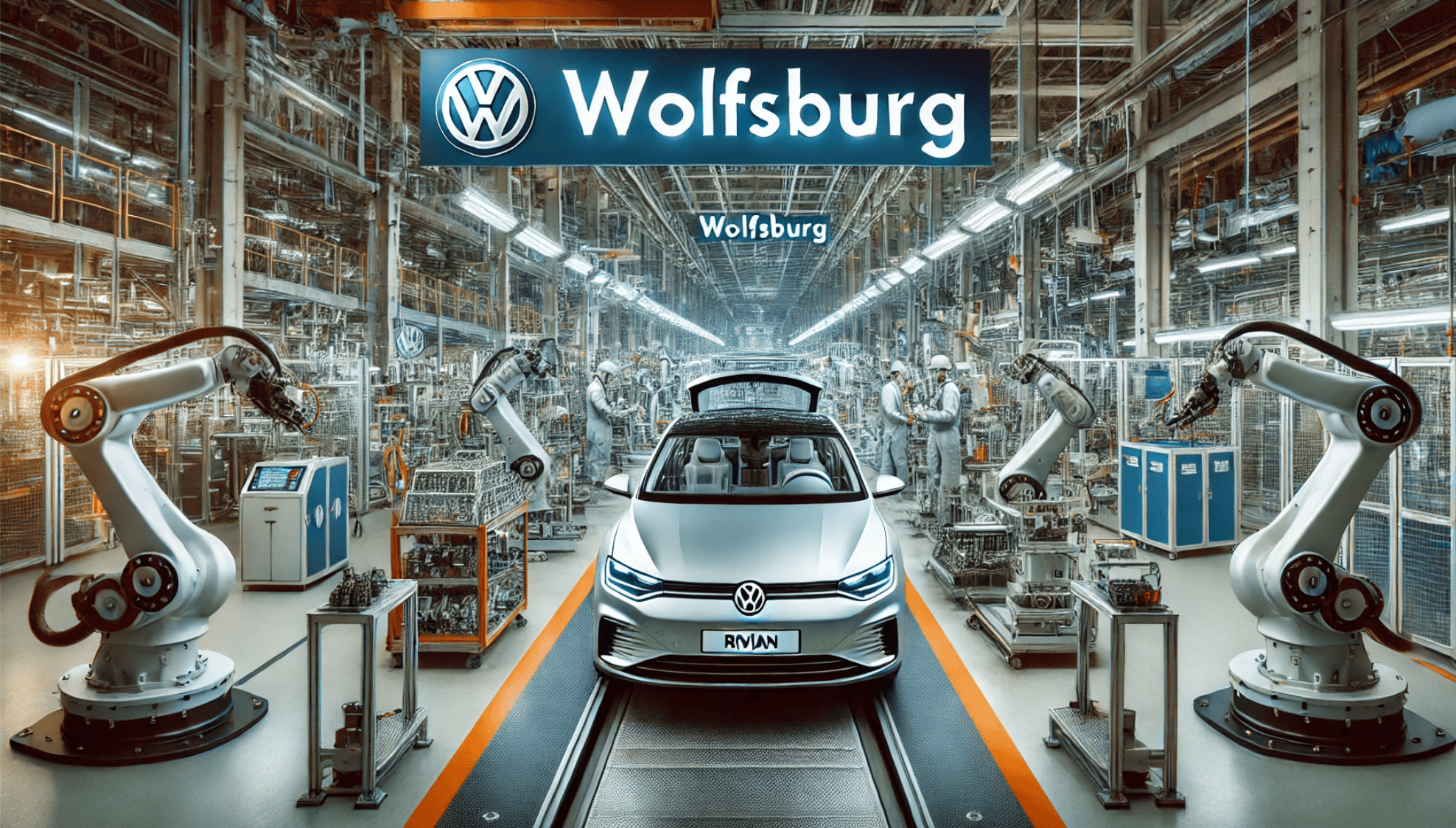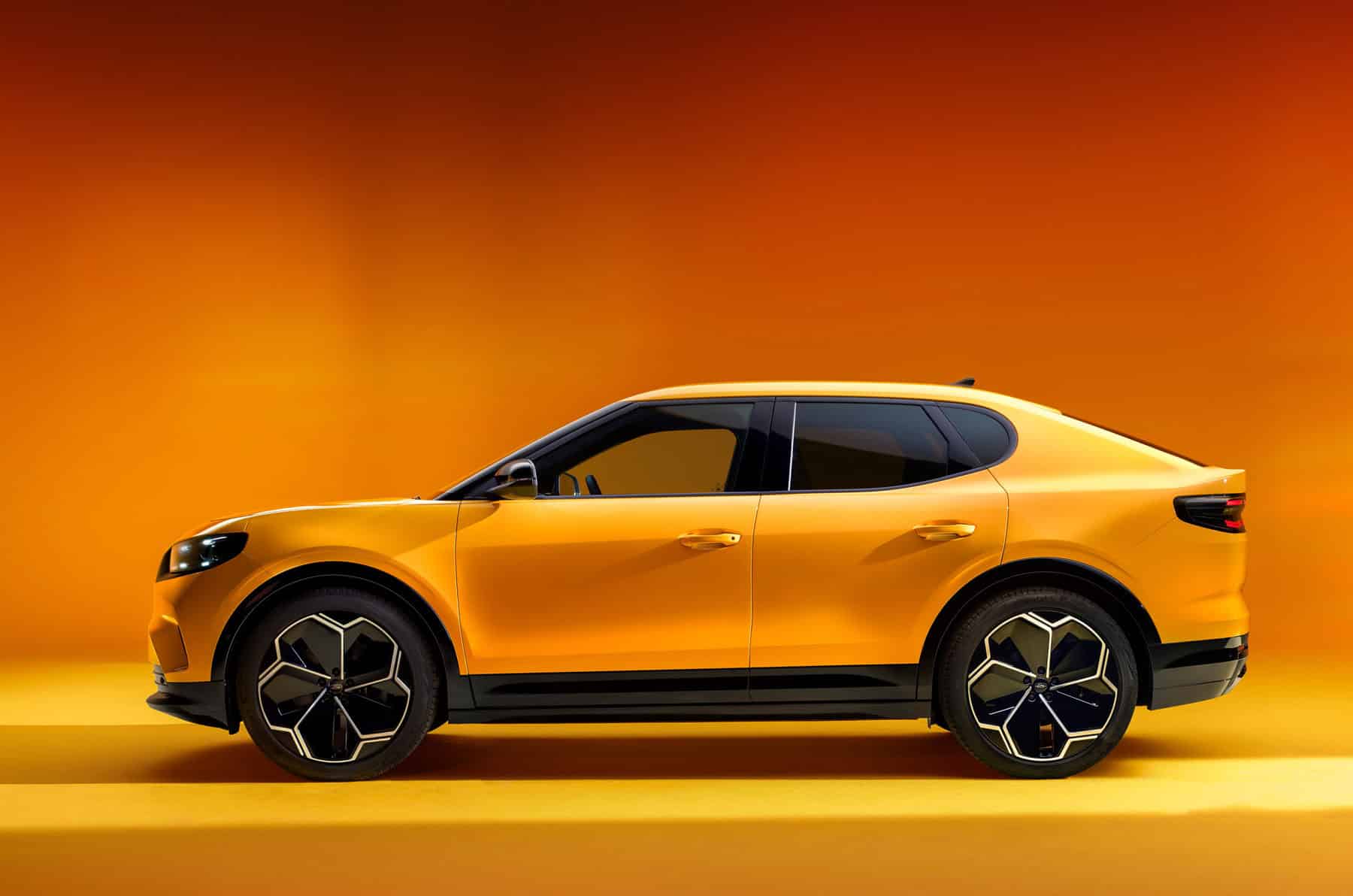
A small Greek island in the Aegean Sea that has just over 1300 inhabitants will soon play an important role for Volkswagen in the development and testing of new mobility concepts. The Wolfsburg-based company announced this at the end of last week.
At a first glance, Astypalaia is fairly unassuming. It has two small bus routes connecting the capital Chora to three villages. The main source of income is tourism and fishing. An amphitheater and a Venetian castle are the biggest cultural attractions.
Nothing you would say that is particularly interesting for the second-largest automobile company in the world. Yet Volkswagen CEO Herbert Diess apparently sees things differently. Last Thursday, he signed an agreement with the Greek government to transform Astypalaia into a model island for electromobility. “What will be a process spanning 20 years in the rest of the world, we are trying to realize here in 3 to 4 years”, Diess told the German newspaper Die Welt.
1000 electric cars
VW and Greece intend to invest a total of approximately 20 million euros in the project. One aspect, of course, is that diesel buses will be replaced by electric ones. Passenger transport will mainly comprise E-scooters, E-Bikes, and E-cars. Even the agricultural machinery on the island is to become fully electric.
The 1500 cars powered by an internal combustion engine should disappear as soon as practically possible. These will be replaced by approximately 1000 electric ( share) cars. The Greek government is offering a substantial subsidy of 12,000 euros for the purchase of an electric car. German media report that VW will be offering its vehicles at cost price as well. VW will also take on the charging infrastructure on the island.”
It will be very difficult for the citizens of Astypalaia to choose anything other than an electric car.” Herbert Diess, CEO Volkswagen

Share cars for tourists
A’ sharing app’ will be set up for tourists so that they can quickly find their favorite means of transport.
Of course, the electricity for all these electric vehicles must be generated sustainably. No more diesel generators – which still account for about 90% of the island’s electricity supply – and a clear path for windmills and solar panels. The batteries in the E-cars will collectively serve as an energy reserve for when the sun and wind take a break for the day.
Go-to-zero
According to Diess, the Greek island project is part of the ‘go-to-zero’ strategy which the group will spend 33 billion euros on over the next five years. This is not solely limited to Volkswagen, but also includes other brands within the group, such as Seat and Skoda. It should yield 75 new electric car models over the next nine years. One of the first is ID.3 that is already available.
The switch to electromobility is not entirely heartfelt. Volkswagen, like other German car manufacturers, has attempted to drag its feet on the transition to electric vehicles for a long time. But growing competition from Tesla and some Asian manufacturers, combined with increased pressure from the European Commission aimed at improving the CO2 balance, have significantly accelerated the process.
Find other IO articles about this theme in our mobility dossiers.








